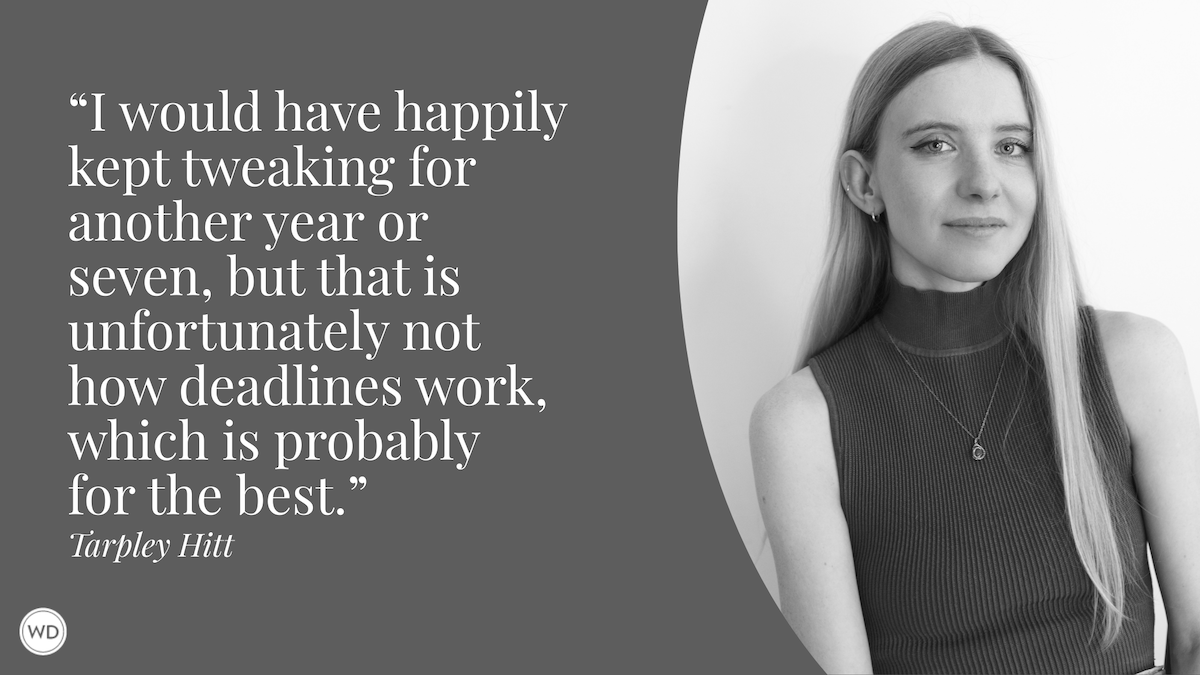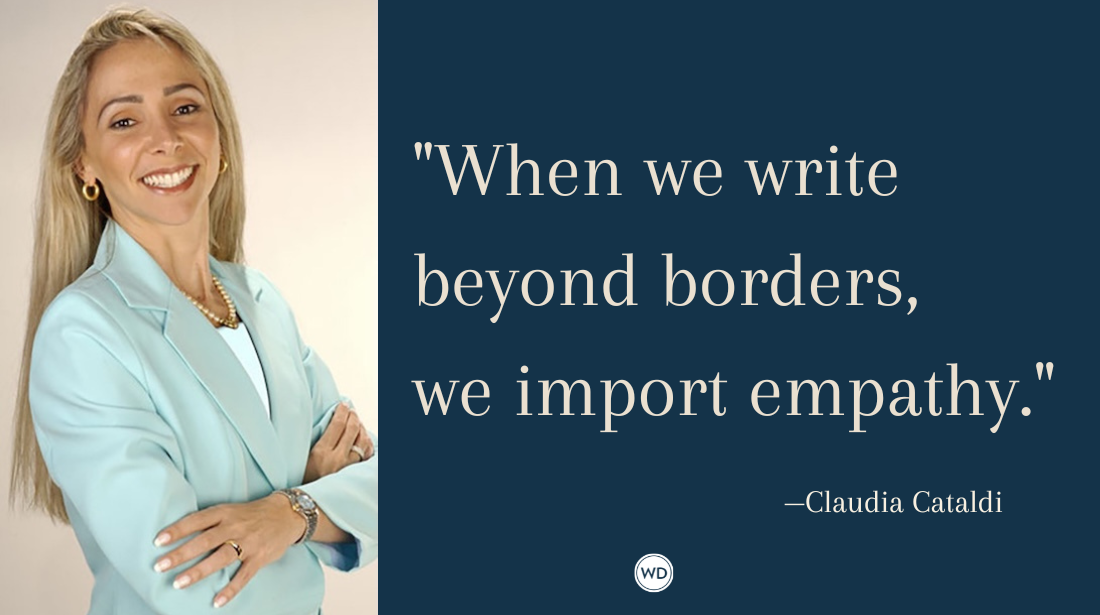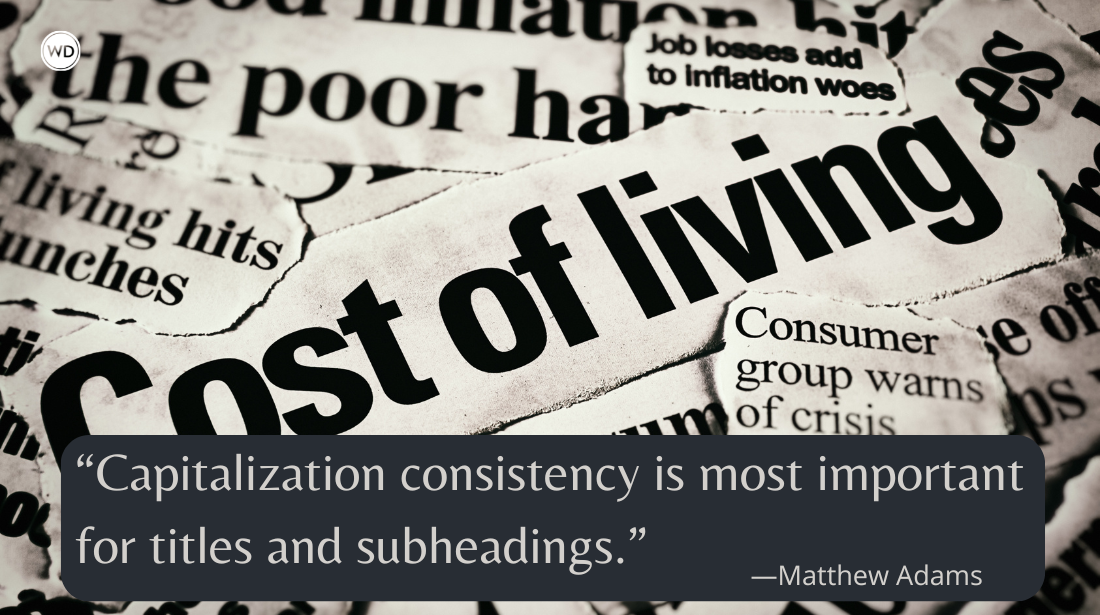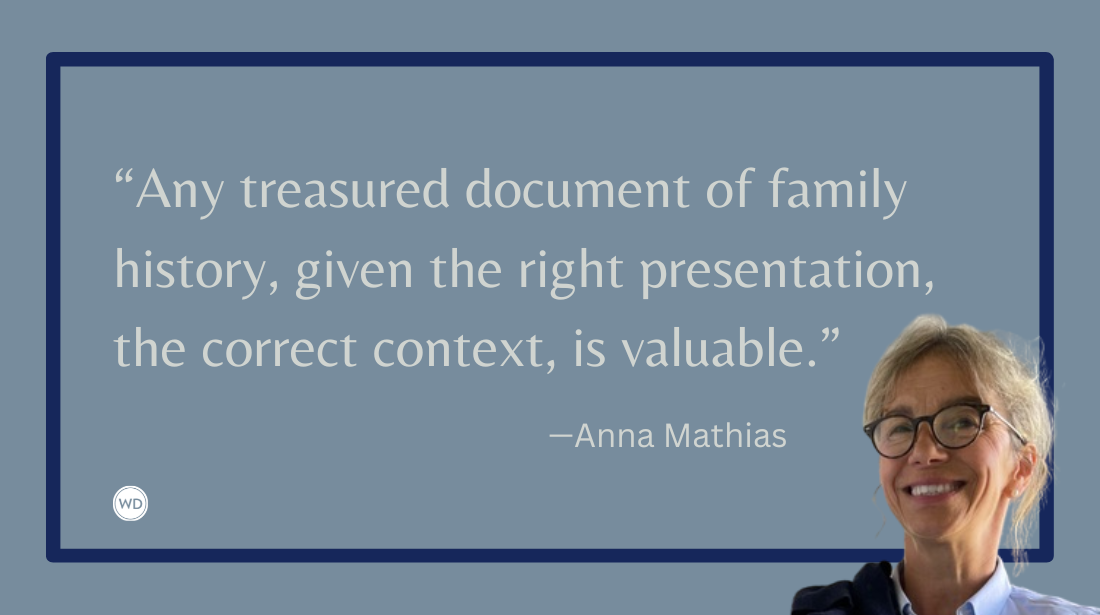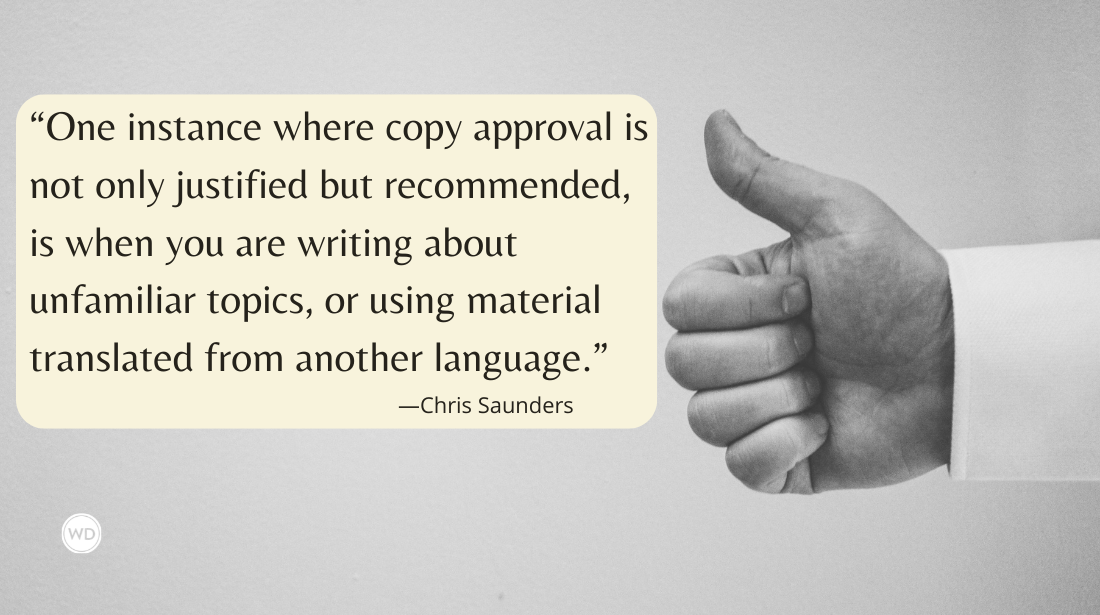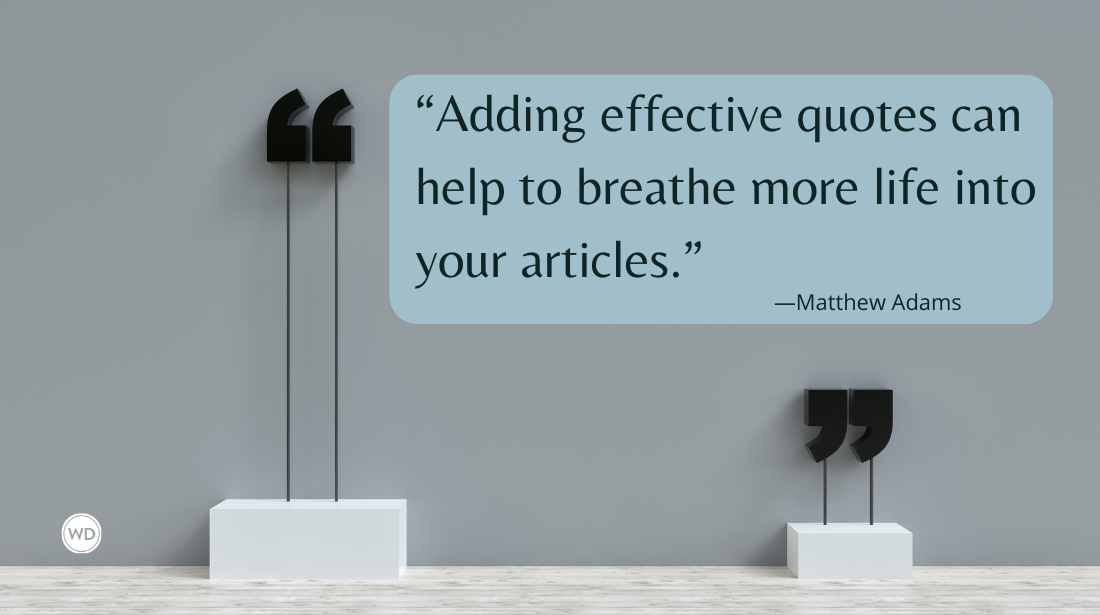Nonfiction: Personal Essays
Here’s how to tell an engaging intimate narrative with insight, humor, and candor.
There’s nothing more engaging than a personal story told with insight, humor, or candor. That explains the acclaim of bestselling anthologies like The Bitch in the House, edited by Cathi Hanauer, provocative first-person forums like The New York Times “Modern Love” and Newsweek’s “My Turn” columns, and NPR’s popular “This American Life.” Unfortunately, not all intimate narratives are as compelling for the audience as they are for the author. Here’s how to turn your private experiences into wise, eloquent prose.
Nonfiction: Personal Essays
1. Read top essayists
Don’t start in a vacuum, mimic poetry, or copy novelistic techniques. Study the specific format you want to emulate. For an overview, check out Phillip Lopate’s The Art of the Personal Essay. Linger over 50 lovelorn stories in Modern Love, edited by Daniel Jones. Memorize Daphne Merkin.
2. Write about your obsessions
Pick a subject that you find enthralling, that you have expertise on, or that’s breaking news. No student I know has penned a good piece on the Iraq war—because the students haven’t fought in Iraq. Conversely, pupils have aced essays on being addicted to buying make-up at an all-night drugstore, getting tested for HIV, and firing a nanny after reading that nanny’s X-rated blog. Don’t worry if the subject’s small compared to world events. You’ll bring a theatrical freshness to what fascinates you.
3. Focus on drama, conflict, and tension
Don’t write an appreciation of your spouse, parents, or children. Love letters and light slices of life rarely engender profundity. Instead, think in extremes: the night that changed your life, the lover who shattered your heart, the most humiliating thing that ever happened to you. Tackle unresolved emotional issues. You’ll get a meaty subject and maybe a cathartic release.
4. Identify with cultural stereotypes
You know your background, who you are, what you look like. But your photo, résumé, or bio may not accompany your pages. So describe yourself. My student Sabi Ali began her New York Times piece: “Born in Kenya of Indian heritage, I came to the United States at age 6, settling with my family in upstate New York, growing up Muslim in suburban America …” Share specific religious, ethnic, cultural and class conflicts.
5. Be timely
In a 900-word essay, there’s no time to build up to brilliance. Your beginning should grab readers by the throat. Start with an upcoming holiday, hot book, movie, TV show, or cultural phenomenon on a similar topic. To chronicle your hospitalization with a gall bladder attack, instead of starting, “Sixteen years ago, when I felt sick,” try, “On a recent Grey’s Anatomy, Dr. McDreamy took out a gall bladder. Unfortunately, my doctor wasn’t as adorable …”
6. Forget easy opinions
We know terrorism is bad, public schools need money, breakups hurt. Just because something happened is never enough reason to write it. Find idiosyncratic angles, play devil’s advocate, twist clichés. When my student Rainbow Kirby explored her 30-year-old boyfriend’s living at home, she smartly began with the film Failure to Launch, which had just opened, and sold the flip side—the perks of dating a man residing with his folks—to Newsday.
7. Show and tell
In fiction and poetry we “show, don’t tell.” Essays are like mini-memoirs, so be didactic, sum up, flash forward, cut to the chase.
8. End with emotional insight
Personal essays must get personal. But even if you bravely revisit your worst struggles, playing victim and reciting a litany of injustices inflicted upon you is boring and cliché. Question, challenge, reveal and trash yourself more than others. One colleague wrote about her ex-husband of 20 years, an abusive alcoholic, listing all his evils. When she admitted she knew he was a problem drinker after a year, I suggested refocusing on why she’d stayed for 19 more. Turned out her father was a drinker and her mother helped him give up the sauce—at age 60. So that was her model for marriage. Now that piece was a standout.
Exercises
1. Describe your story in a succinct, engaging line—a Hollywood movie pitch—like this:
During my difficult divorce, I decided it was OK to let my two daughters see me cry.
At 37, I moved back in with my parents, becoming the rebellious teenager I never was.
Ever since my car accident, I’ve done more immoral, illegal things.
Studying in Africa made this white girl appreciate her big behind.
2. Find an exciting, revealing start to grab attention. Don’t save the good stuff for later. There won’t be a later if you don’t nail the lead. Start in the middle, with the drama.
Here are gripping, idiosyncratic first lines:
- My name is Arpard Herschel Fazakas—or at least it was until last year, when, at age 51, I changed it.
- I loved a guy who’d been dismissed from Harvard over accusations of raping another student.
- I last saw my brother at a Dairy Queen in Tennessee right before he left for prison.
3. Describe Your Cultural Background in a few sentences packed with colorful personal details. For example, I’m a 46-year-old dark-haired, nice, Jewish, Manhattan journalist who never lost my Michigan accent. Here are more ways to slip in who you are—encouraging readers to know and like you:
As a first-generation Chinese-American woman who wears a size 36D bra, I can testify to the power of the American fast-food diet.
“I was a 40-year-old Greek-American girl who was a bridesmaid seven times, watching two sisters take the plunge, so I was relieved it was finally my turn.”
My older brother Mike and I are “Irish twins,” born 10 months apart in a blue-collar, Catholic suburb near Boston.
4. Underline newspaper and magazine news on your theme. Here’s how to transition from a topical reference to you, making your story more universal:
Brangelina may have the most popular baby in the world, but I had my taste of celebrity when I took my son to the Philippines.
When I arrived in the performing arts Mecca of Manhattan, there was no Simon Cowell to send me back to Illinois, even though this 22-year-old actress was neither talented nor beautiful.
Susan Shapiro, a long-time writing professor, is the author most recently of the writing guide The Byline Bible, the memoir The Forgiveness Tour and the coauthored American Shield. You can follow her on Instagram or visit her website.




